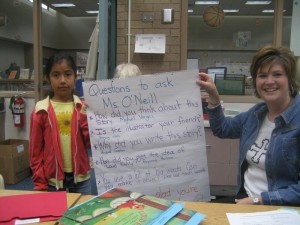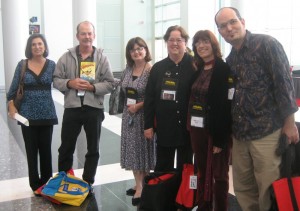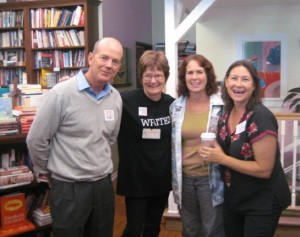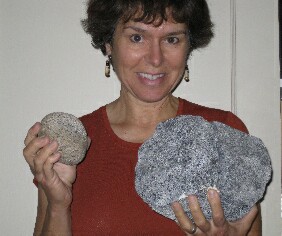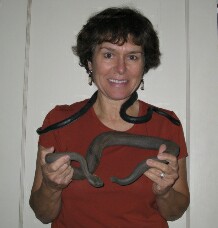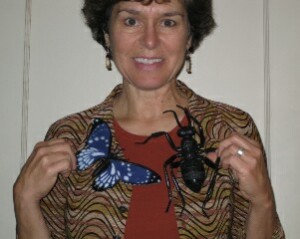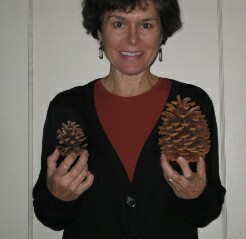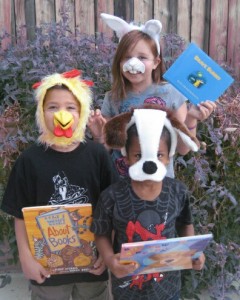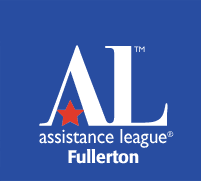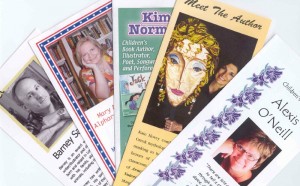 This summer, suggest to your writers’ group that you devote one session to critiquing each others’ school visit brochures. If you’re like me, you keep cranking them out (or, if you’ve had them done at a printer, using them up) without giving them a second glance. But is your brochure really doing the trick? Is it outdated? Is it convincing a potential host that the benefits of bringing you in will justify the cost?
This summer, suggest to your writers’ group that you devote one session to critiquing each others’ school visit brochures. If you’re like me, you keep cranking them out (or, if you’ve had them done at a printer, using them up) without giving them a second glance. But is your brochure really doing the trick? Is it outdated? Is it convincing a potential host that the benefits of bringing you in will justify the cost?
Here are some elements that you should consider when you do brochure revisions.
Purpose: Your brochure is a school visit sales tool. It should give potential hosts a taste of your personality, your program format and your presentation objectives as they relate to the curriculum. It should also clearly identify you as the author of your most recent or most popular books.
Bio: Make the text fun. Use a family photo.
Program: Describe your program including what you will do, how you will do it, and how your content links with the curriculum. Tell how much time you need for school assemblies. Mention if they can select any add-ons such as workshops, and send them to your website for details.
Fees: I don’t suggest putting your fees in the brochure as this will date it quickly. Have readers contact you or go to your website for details.
Books: Include images of one or more of your most recent – or most popular – books.
Testimonials: Won any awards? Have a terrific quotable quote about a dynamite school visit? Include them. (Warning: be selective!)
Layout. Brochures are usually on 8.5” x 11” paper, printed on both sides and folded in thirds. This makes them easy to display or mail. White space is inviting to the eye. When designing the layout, leave lots of white space. I do all my layouts using Microsoft Publisher, a very simple and flexible program to learn.
Current headshot: People want to know what you look like today.
Contact information: Be sure to include your website and/or email address
Remember – whatever you can’t fit in your brochure can be described at your website.
Do you have a school visit brochure that really works for you? Send me a pdf at info2@schoolvisitexperts.com so I can see it, too!

